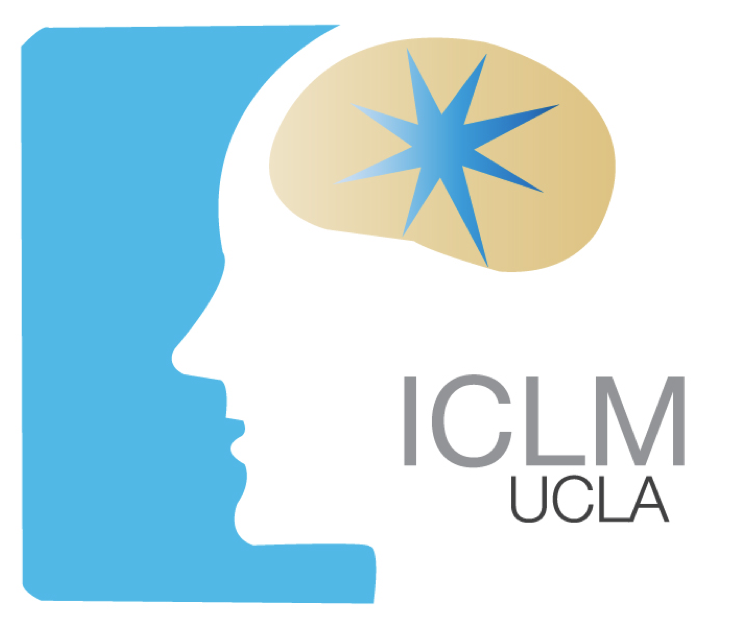
Joseph Watson
The Watson laboratory focuses on the molecular and cellular mechanisms underlying neurodegenerative diseases of the basal ganglia, in particular Parkinson’s disease (PD) and Huntington’s disease (HD). Collaborative experimental approaches combine protein biochemistry, mitochondrial bioenergetics, proteomic mass spectrometry, and synaptic neurophysiology to study a variety of PD and HD mouse animal models. Causes and cures for both PD and HD remain elusive and require new ways of thinking in the neurodegeneration field. More recent approaches employ high-throughput screening for anonymous small molecules that block mitochondrial inhibition by oligomeric proteoforms of the PD-related protein α-synuclein.
Recent Publications:
Sarafian, T.A, Ryan, C.M, Souda, P., Masliah, E., Kar, UK, Vinters, H.V., Mathern, G.W., Faull, K.F., Whitelegge, J.P., Watson, J.B. (2013) Impairment of mitochondria in adult mouse brain overexpressing predominantly full-length, N-terminally acetylated human α-synuclein. PLoS ONE 8(5): 1-15. doi: 10.1371/journal.pone.0063557 PMID:23667637
Sarafian, T.A., Littlejohn, J., Yuan, S., Fernandez, C., Cilluffo, M., Koo, B-K., Whitelegge, J.P., Watson, J.B. (2017) Stimulation of synaptoneurosome glutamate release by monomeric and fibrillated α-synuclein, Journal of Neuroscience Research, DOI: 10.1002/jnr.24024
Cilluffo, M., Sarafian, T.A., Watson, J.B. (2018) Manipulating Synapse-Enriched Biochemical Fractions to Detect a Purified Protein’s Effect on Neurotransmitter Release. Kathryn M. Murphy (ed.), Synaptosomes, Neuromethods, vol. 141, https:doi.org/10.1007/978-1-4939-8739-9_11. Springer Nature, USA-San Francisco, pp.195-208.
 I.C. Learning & Memory
I.C. Learning & Memory